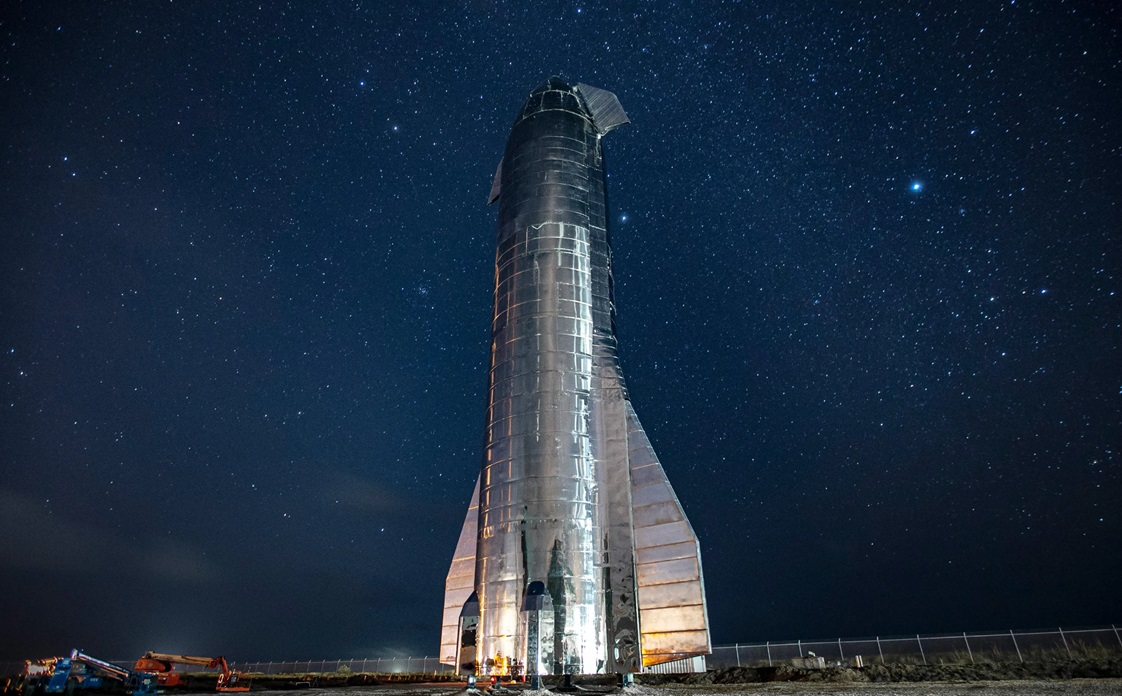- Courses
- GS Full Course 1 Year
- GS Full Course 2 Year
- GS Full Course 3 Year
- GS Full Course Till Selection
- CSAT
- 5 LAYERED ARJUNA Mentorship
- Public Administration Optional
- Online Program
- GS Recorded Course
- NCERT (Recorded 500+ Hours)
- Polity Recorded Course
- Geography Recorded Course
- Economy Recorded Course
- AMAC Recorded Course
- Modern India, Post Independence & World History
- Environment Recoded Course
- Governance Recoded Course
- Science & Tech. Recoded Course
- International Relations and Internal Security Recorded Course
- Disaster Management Module Course
- Ethics Recoded Course
- Essay Recoded Course
- Current Affairs Recoded Course
- ABOUT US
- OUR TOPPERS
- TEST SERIES
- FREE STUDY MATERIAL
- VIDEOS
- CONTACT US
SpaceX’s Starship can revolutionise space travel and exploration
SpaceX’s Starship can revolutionise space travel and exploration
15-06-2024

SpaceX's Starship rocket made history with its first fully successful test flight, showcasing the potential of reusable spacecraft for future space missions.
About Starship:
- Ambitious Spacecraft:
- SpaceX's Starship is an advanced spacecraft designed for full reusability across various space destinations, including Mars.
Design and Specifications:
- Two-Stage-to-Orbit Launch System:
- Starship comprises a two-stage launch system, consisting of the Super Heavy booster and the Starship spacecraft.
- Super Heavy Booster: The first stage designed to lift Starship out of Earth's atmosphere.
- Starship Spacecraft: The second stage, capable of space travel, carrying crew and cargo.
- Reusability:
- Both stages are fully reusable, aiming to drastically reduce the cost of space travel.
- Capacity:
- Crew: Starship can accommodate up to 100 passengers.
- Cargo: It has a large payload capacity, adaptable to different mission requirements.
- Engines:
- Powered by Raptor engines, which utilize liquid methane and liquid oxygen (Methalox) as propellants.
Objectives and Missions:
- Mars Colonization:
- A crucial component of SpaceX's long-term vision of establishing a self-sustaining colony on Mars, making humanity multi-planetary.
- Lunar Missions:
- Selected by NASA's Artemis program to serve as a lunar lander, enabling humans to return to the Moon.
Orbital Flights and Beyond:
- Designed for a wide range of missions, including satellite deployment, interplanetary exploration, and even space tourism.
GSLV Mk3: Purpose and Capabilities:
- GSLV-Mk III, a 3-stage launch vehicle, plays a significant role in India's space program.
- Capabilities:
- Capable of launching a 4-ton class of satellites into Geosynchronous Transfer Orbit (GTO).
- Consists of 2 solid motor strap-ons (S200), a liquid propellant core stage (L110), and a cryogenic stage (C25).



